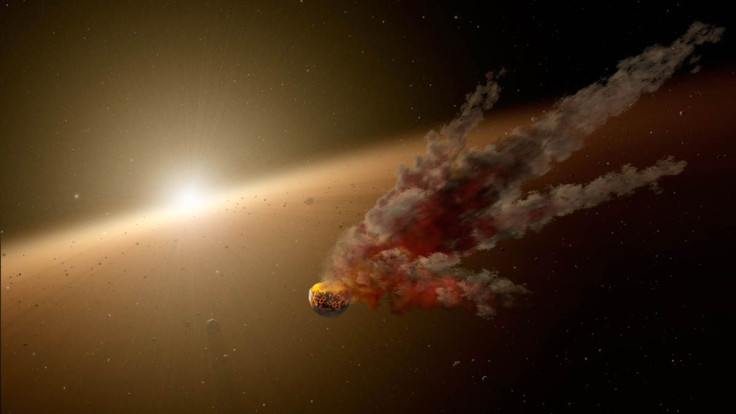NASA Asteroid Tracker: 3 Huge Asteroids Skimming Earth Tomorrow

NASA’s Center for Near Earth Object Studies (CNEOS) has detected three asteroids, two of which are as big as a football field, that will closely fly past Earth tomorrow (June 14). The three asteroids are part of a huge group of near-Earth objects that visited the planet’s neighborhood this week.
According to the CNEOS database, the first asteroid that will approach Earth is called 2019 LL1. Out of the three asteroids, 2019 LL1 is the smallest one with a diameter of around 25 meters. It is travelling at a speed of almost 20,000 miles per hour.
Once it makes its approach, 2019 LL1 is expected to be within 0.01426 astronomical units or 1.3 million miles from the Earth’s surface. The asteroid will zip past the planet on June 14 at 12:05 pm ST.
This asteroid’s near-Earth approach was first observed on May 25. It is not expected to return to Earth’s vicinity until 2086.
The second asteroid, dubbed as 2013 YA14, is much larger than 2019 LL1. With a diameter of 110 meters, 2013 YA14 is almost as tall as the Great Pyramid of Giza.
According to CNEOS, this asteroid is travelling at a speed of around 25,000 miles per hour and is expected to approach Earth within a distance of 0.02288 astronomical units or around 2.1 million miles. It is scheduled to approach Earth on June 14 at 5:49 pm ST.
2013 YA14 first appeared on NASA’s tracker on Nov. 28, 2013. According to the agency’s data, the asteroid is expected to return on Dec. 23, 2022.
The third asteroid that will fly by Earth tomorrow is called 2019 KJ. Estimated measurements on the asteroid indicate that it is as big as 2013 YA14. However, even though they have the same diameter, 2019 KJ is travelling at a much slower speed at 18,000 miles per hour.
The asteroid is expected to reach Earth’s neighborhood on June 14 at 6:15 pm ST. Once it makes its approach, 2019 KJ will be within 0.03235 astronomical units or 3 million miles from Earth.
2019 KJ was first observed by NASA on May 3. According to the space agency’s database, the asteroid is not expected to fly near Earth anytime soon.
© Copyright IBTimes 2024. All rights reserved.





















